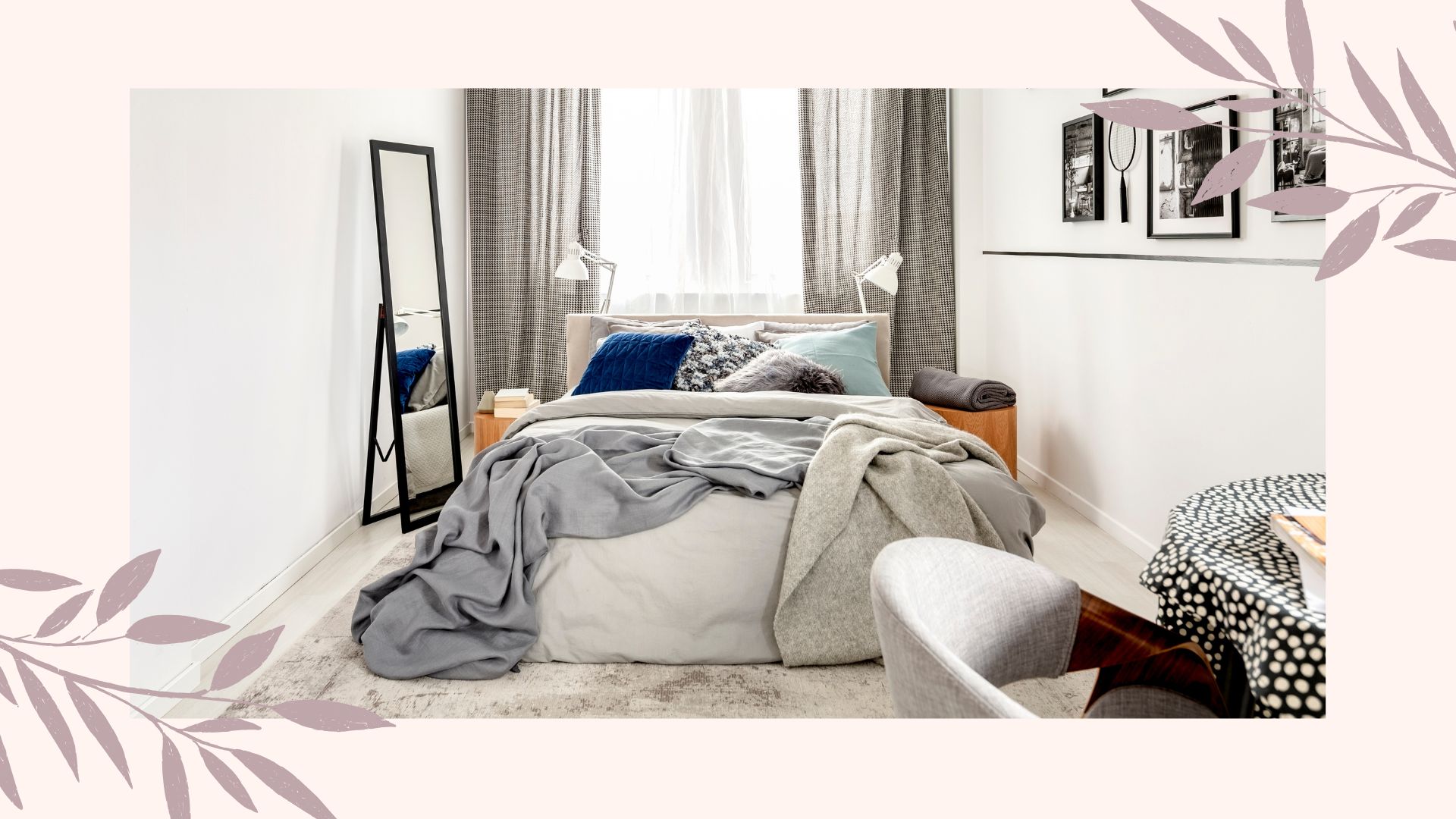
Small spaces are surprisingly difficult to clean, and although there seem to be fewer areas to tackle it can be awkward getting into those small nooks and crannies. So whilst spring cleaning a large home is certainly a lot to take on, compact rooms come with their challenges and the experts are here to help you.
Organising a small space is difficult. When you’re trying to find storage space where there isn’t any, you’re often forced to try all the latest professional decluttering methods available. So, when it comes to spring cleaning that compact space, it can feel just as frustrating.
This is where expert cleaning hacks can make all the difference, learning these shortcuts and step-by-step methods will have you prepped and cleaning in record time.
15 essential tips for spring cleaning small spaces
An important aspect when spring cleaning small spaces is not to be put off for fear of being overwhelmed by the task at hand, look for ways to stay motivated to declutter and compelled to clean.
"Many people postpone and fear spring cleaning, and for a good reason," says homes expert Jenna Shaughnessy, founder of the inspirational blog Jenna Kate at Home. "However, I believe any space can be rejuvenated and refreshed with a strategic approach."
1. Make a plan
Before you dive into your spring cleaning, it’s best to plan and prioritise, thinking about what you want to achieve. You may find a spring cleaning checklist helpful here.
"Make a list of tasks you want to accomplish during your spring cleaning session," says Zak Fleming, founder of Remodeling Contractors and Express Handyman. "Then prioritize based on the areas that need the most attention and start with those tasks."
Some, such as Christin Cieslarski, an interior expert and founder of My Homier Home, think it’s a good idea to tackle one area at a time. "Begin by delineating distinct zones within your space to optimize your cleaning regimen," she suggests.
"Concentrating on a single section at a time not only sustains your momentum but also wards off any sense of being inundated. Approach each zone systematically, progressing from one corner to the next while meticulously attending to every facet of tidying and organizing within the demarcated area."
Mary Jo Contello, a professional organizer and founder of Organized by MJ, suggests tackling the whole space at once. "It’s easier to get on a roll and look at the big picture," she explains. "Then you can break down areas and maybe determine what might be better if moved to another area."
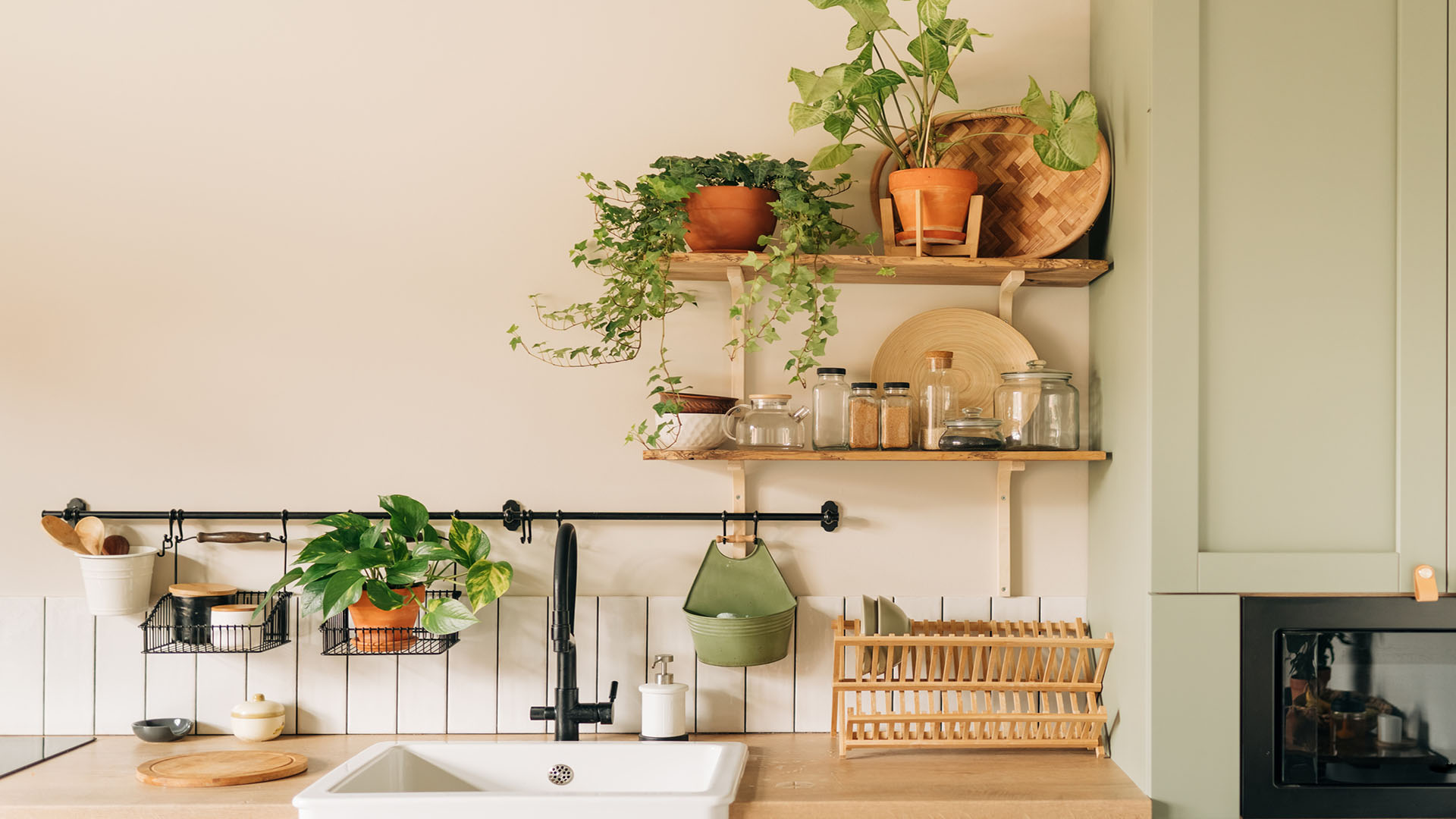
2. Start by decluttering
Before you can start to clean your house efficiently, Jenna suggests prioritising decluttering your home and organisation. "Start by inventorying your belongings and thoughtfully assess which items are necessary and which can be donated, sold, or discarded. This process will help create more space and provide a solid foundation for the remaining cleaning tasks.
"Next, consider reorganising your living space with a focus on functionality and efficiency. In a small space, maximising storage and making the most of every available inch is crucial." This doesn’t just mean buying more shelves, though.
3. Think smart storage
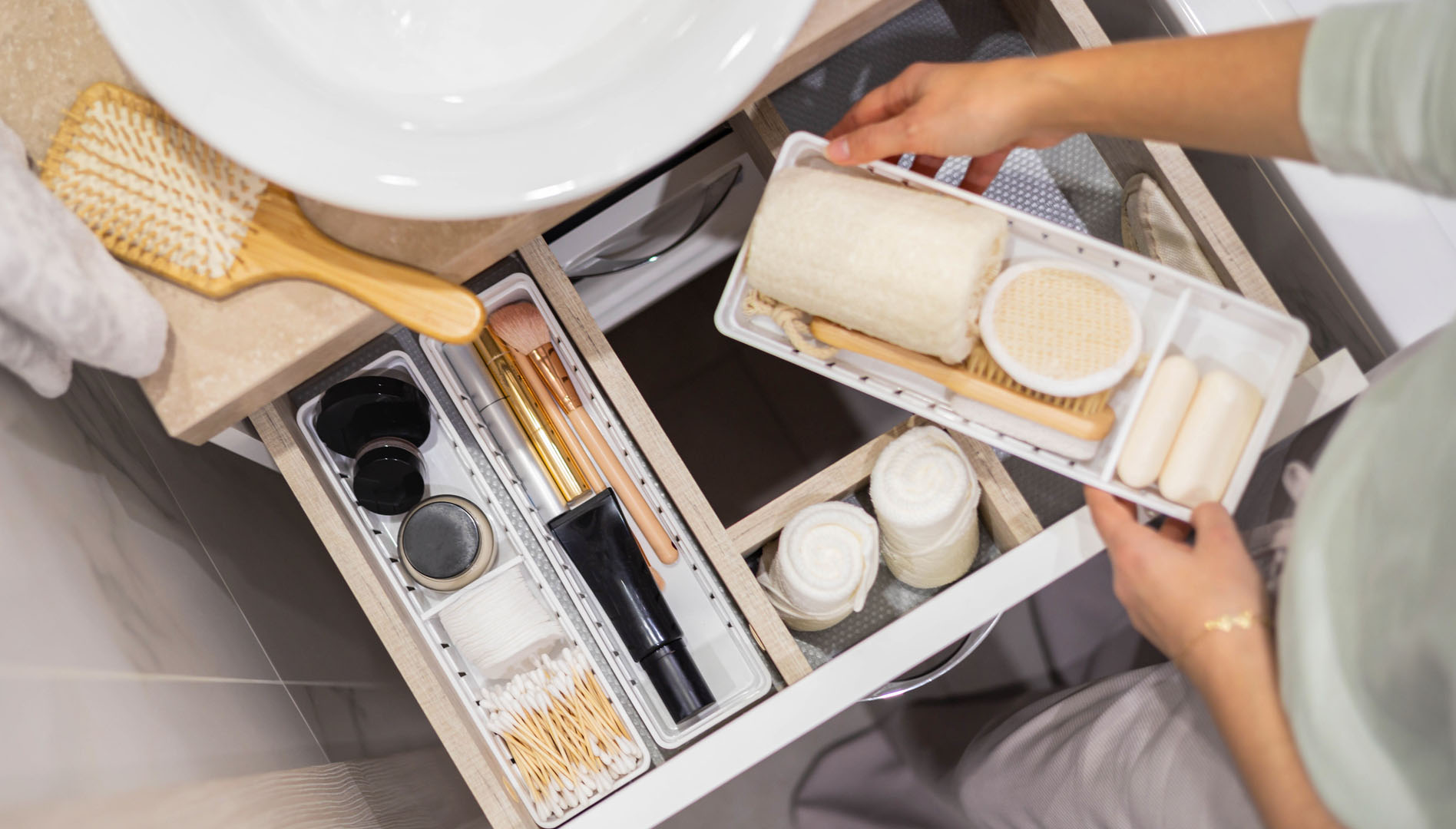
Maximising a small space is often about smart storage. "Be creative with your storage solutions," says Jenna. "Think about utilising vertical spaces, under-bed storage, and multi-purpose furniture that can serve as storage and seating." This is especially useful when organising a small closet with lots of clothes, for example.
Such creative storage solutions can also help you out when cleaning in the future. "Add a few smart storage solutions like shoe holders in your cabinet, foldable chairs or beds with built-in storage," says certified house cleaning technician, Hugo Guerrero. "These additions can help make spring cleaning easier as you can access those hard-to-reach spots previously occupied with items," he says.
"Make use of walls, doors, and any other vertical surfaces to create additional storage," says Zak. And once you’ve got your space nice and organized, you might want to label your new storage. "Labeling containers can help you quickly locate items and make it easier to maintain home organisation," he adds.
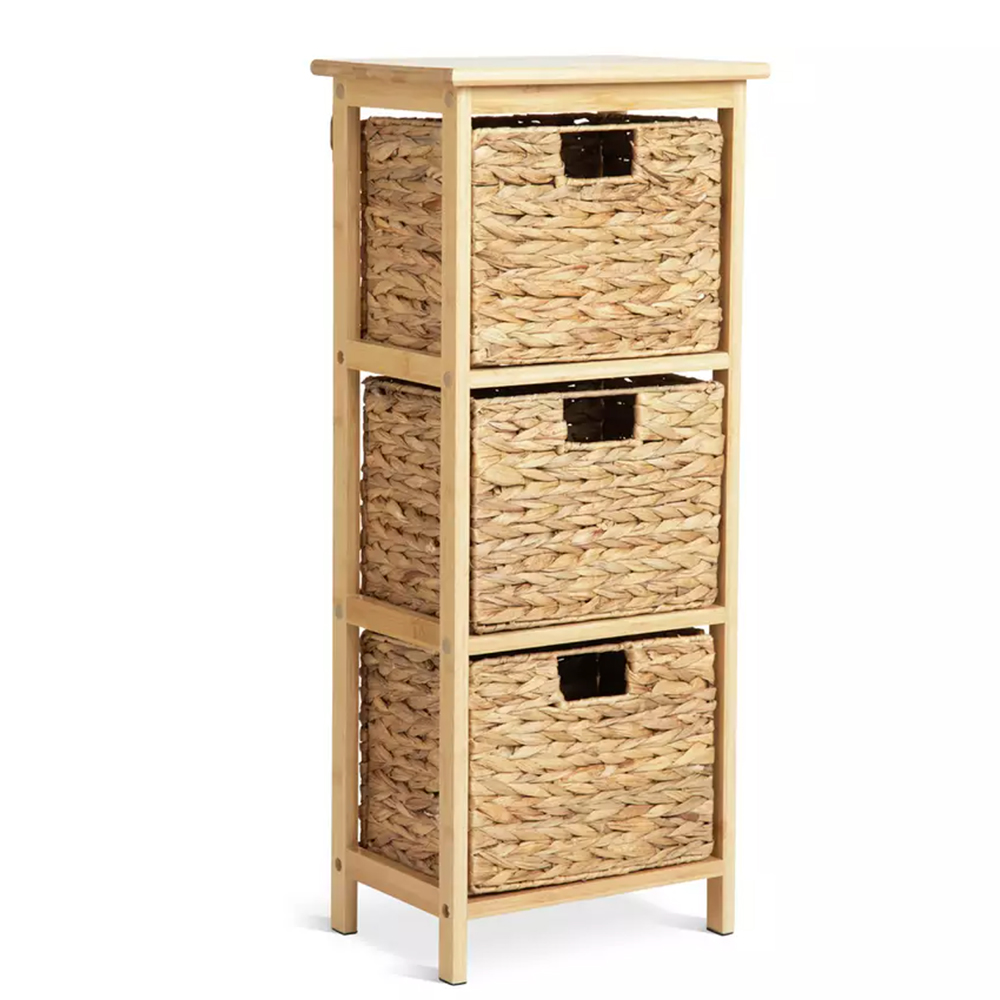
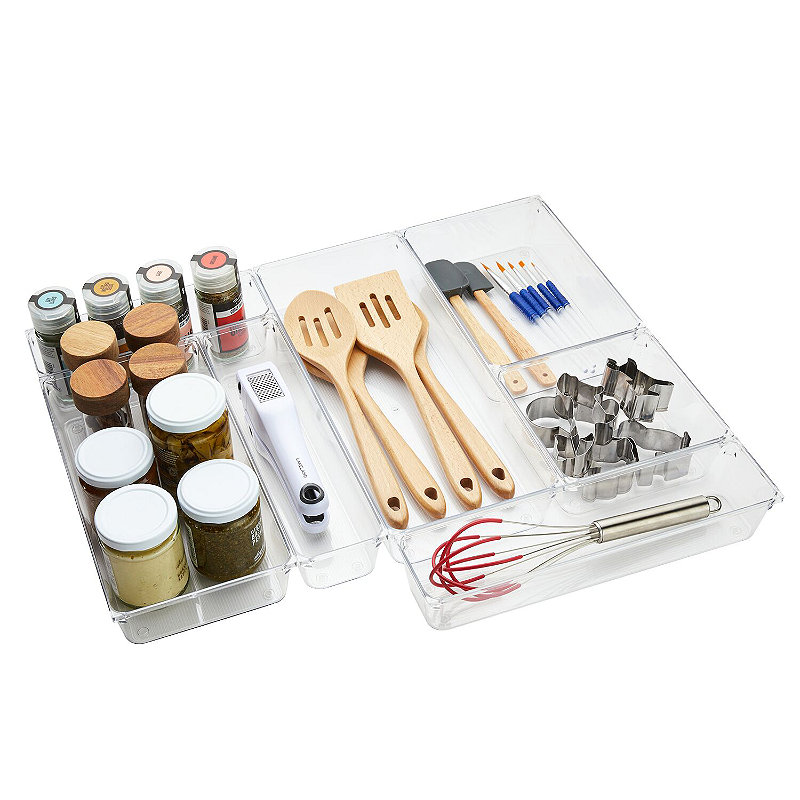
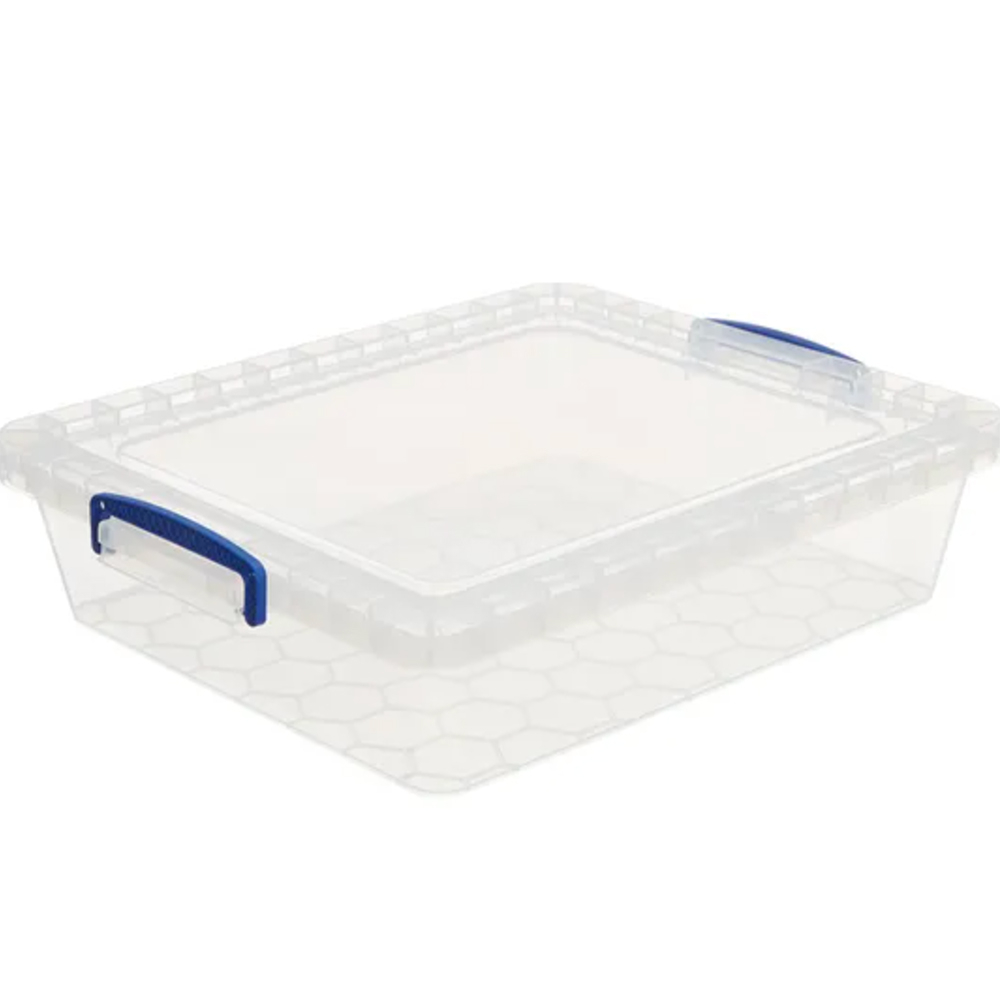
4. Make more floor space
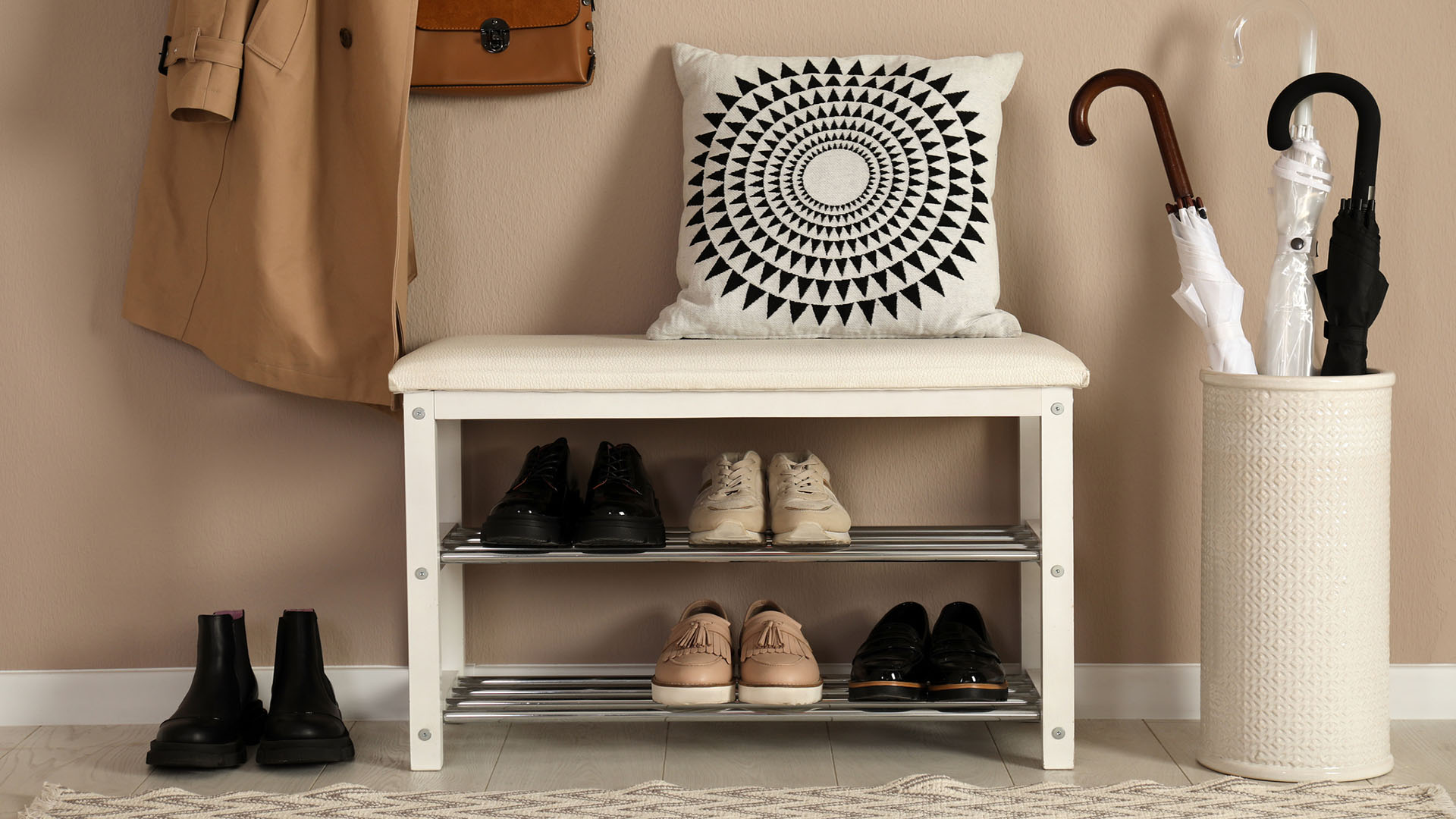
This is another tip that may be more long-term than part of a quick spring clean, but in a small space, you want to make as much floor space as possible. "Shelves, hooks, and hanging organisers can help keep your items off the floor and create more space," says Zak.
With more items off the floor, cleaning then becomes easier. Here are some more tips for maximising floor space:
- Put shoes on a shoe rack in the hallway, for better shoe organisation.
- Remove the need for bedside tables, which use valuable floor space, by clipping bedside lamps to a headboard or shelf.
- Invest in built-in storage that can be fitted exactly into alcoves, under eaves, or under stairs to make use of every inch – it can be an investment but will provide a long-term solution to the clutter.
5. Start at the top
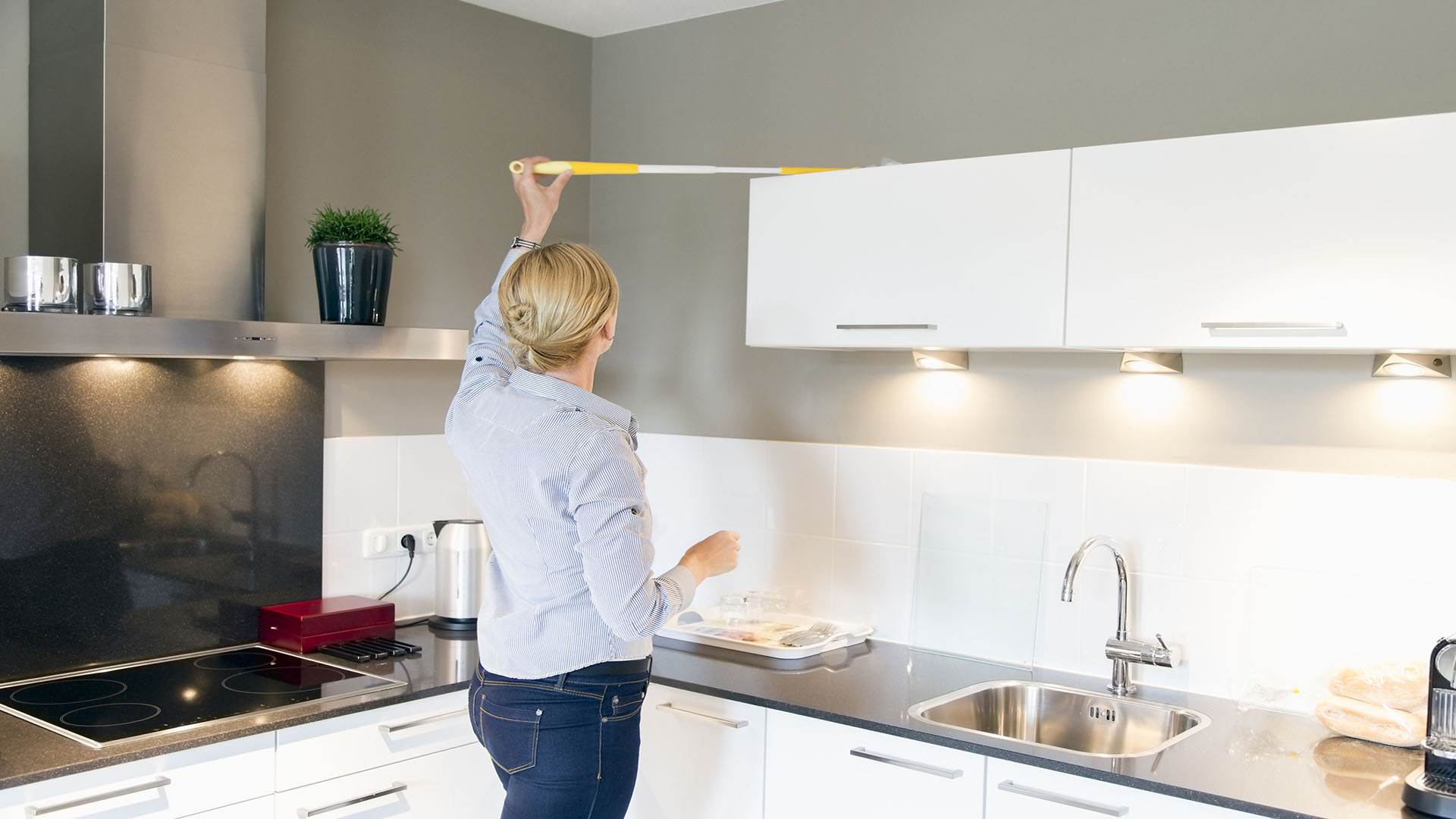
Once you're ready to start cleaning, make sure you don't commit one of the most common spring cleaning mistakes. "Start from the top and work your way down, paying close attention to areas that may have been neglected during regular cleaning," advises Jenna.
"Dust light fixtures, ceiling fans, and high shelves; clean windows and window sills; wipe down and clean walls and baseboards. Then, give your floors a thorough cleaning, either by vacuuming or mopping, depending on the floor type." Because how to clean hardwood floors differs from cleaning tiled floors.
Not cleaning in this way could lead to more work. "Starting at the top ensures that you won't need to reclean surfaces due to falling dust or debris," explains Zak. This will reduce how often you have to vacuum areas repeatedly.
6. Choose your tools carefully
When you’re working with a small space, you need to make sure that your cleaning products and appliances aren’t too big for the job and are easy to store.
"Utilize tools and cleaning solutions that are tailored to small spaces," says Christin. "Compact vacuum cleaners, extendable dusters, and microfiber cloths can make cleaning tight spaces more manageable."
Take a look at the products you’re using, too, multi-purpose cleaning products can be really useful in small spaces or apartments, as they minimise cleaning product clutter and maximise efficiency. Cleaning with vinegar is even better because this may already live in your pantry supplies.

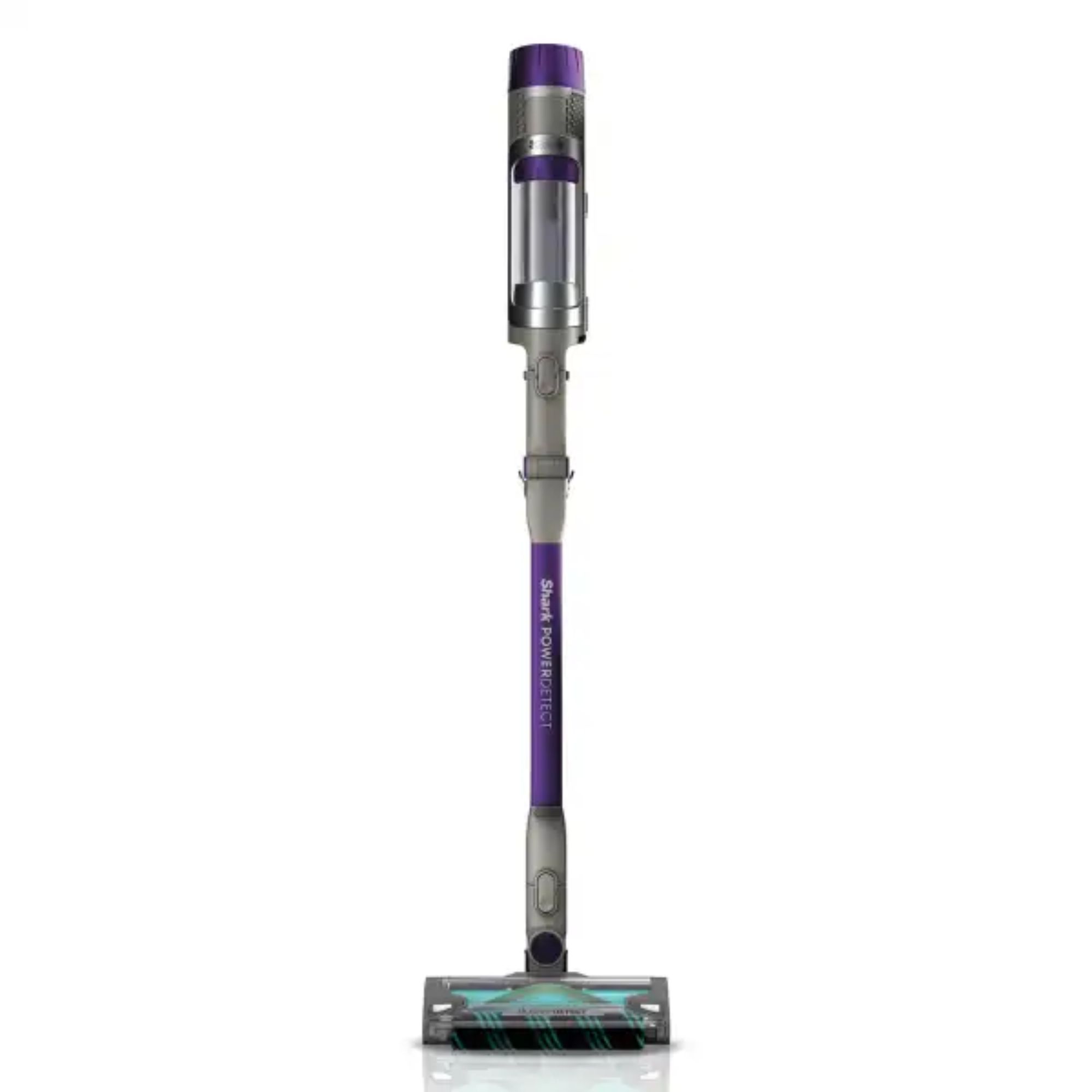
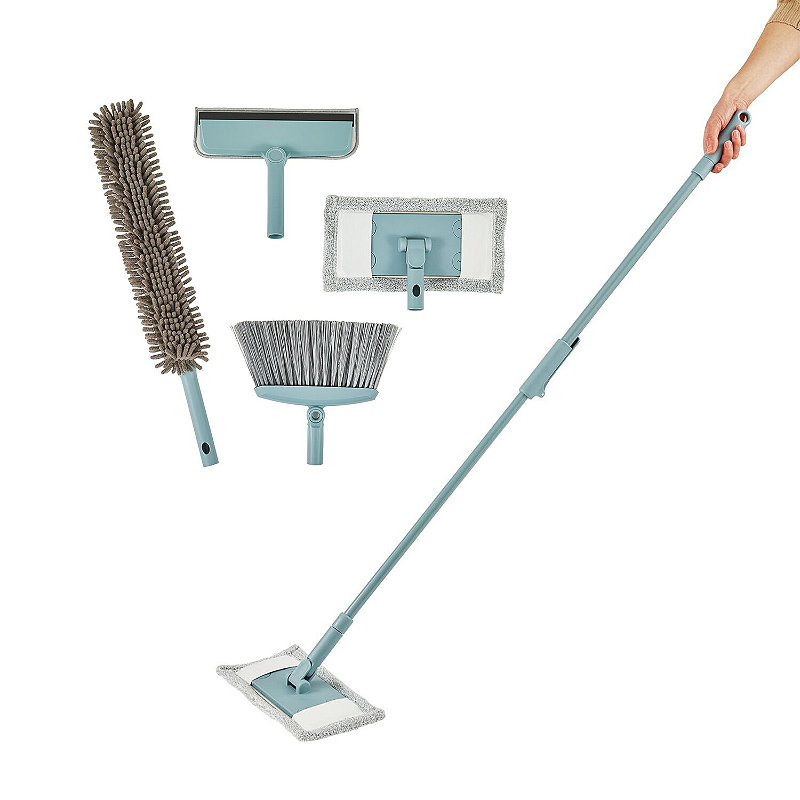
7. Consider usage of items
As you are cleaning and organising each room or item, also think about where you store your stuff.
"You only need to have access to the items you use regularly," says Mary Jo, talking about kitchens, although the same applies elsewhere. "Anything for holidays or special occasions should be stored up high or in another room," she adds. This limits the number of items in any one space, imperative for comfortable small-space living.
Jenna agrees, “Keep frequently used items easily accessible and store less frequently used items in more out-of-the-way locations." This is also an excellent way to keep counters clear in small kitchens.
When it comes to bathrooms, "only keep what you need handy and store overstock, items you occasionally use up high or in another area of the home", suggests Mary Jo.
8. Go for the small wins
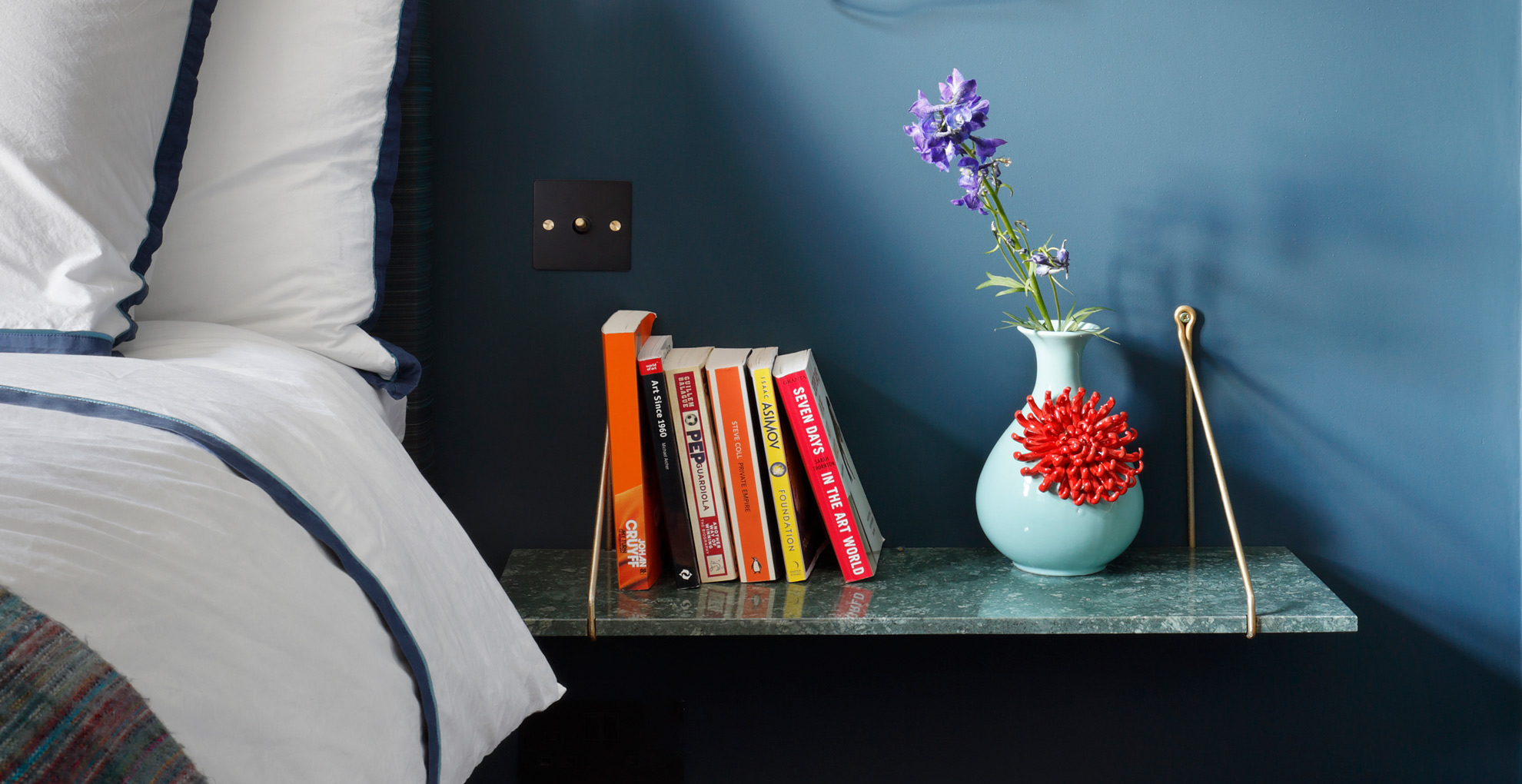
In a small space, sometimes little changes can make all the difference. “Making the bed and smoothing out your sheets stand out in a small room,” says Airtasker's resident cleaning expert Jean Cooper. "Putting away all of your clothes and doing laundry will instantly improve your space."
Also when decluttering the bedroom, clearing your nightstand is a quick job that’ll make a big difference. "Take the time to put things away and wipe down anything that remains," says Jean.
That doesn’t mean throwing everything away though. "Keep things visible that improve your experience such as a lamp with warm light, a vase of flowers, framed photos of your loved ones, a bowl or box for your jewellery/possessions you want to keep close by."
9. Assess your closet
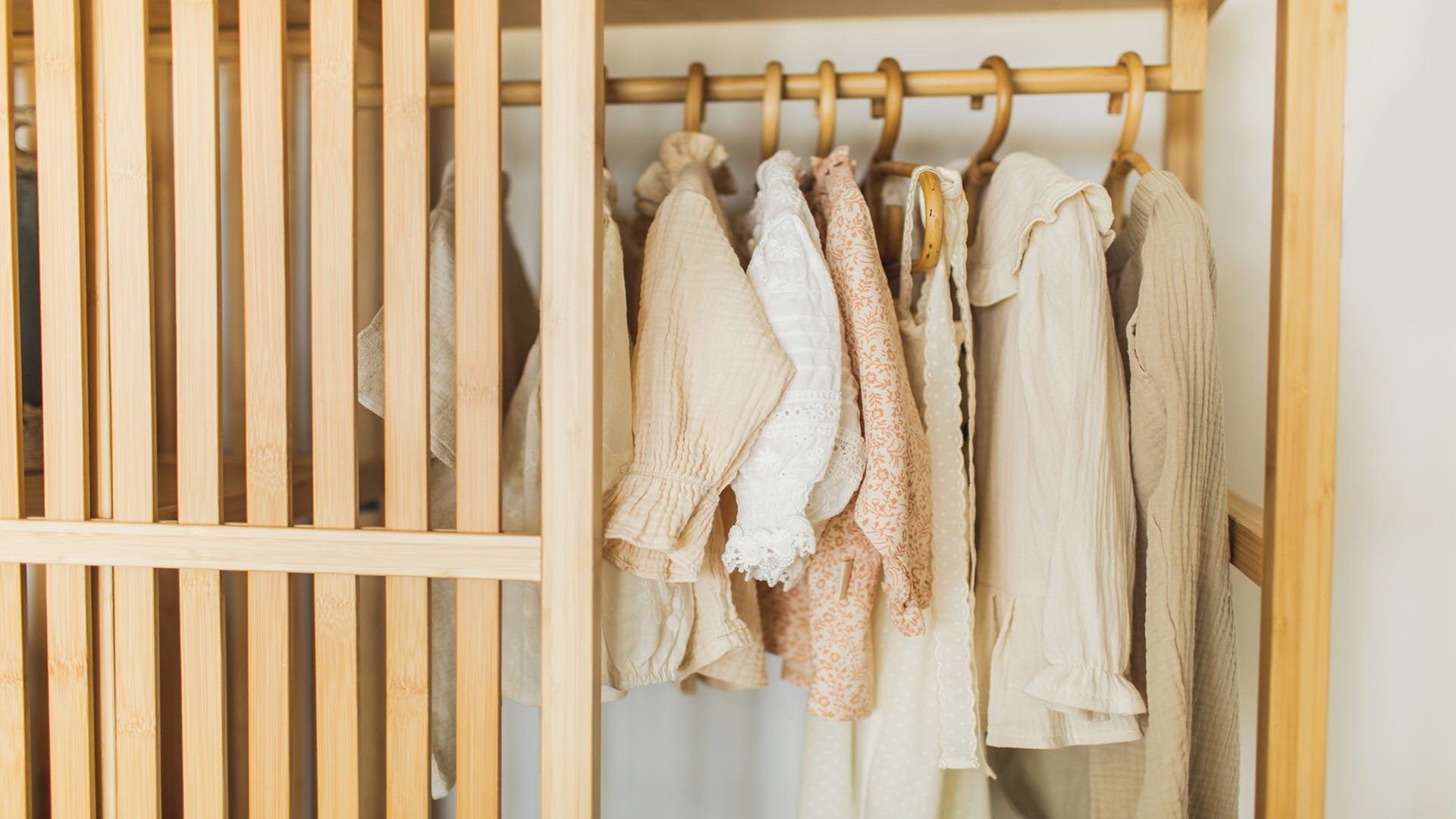
The change of seasons is the perfect time to reassess your wardrobe, and you may want to swap one season’s clothing for another. "In a small space, you need to only have clothes you need, love, and wear. You can put out-of-season clothes away and bring out the spring/summer," says Mary Jo.
Of course, this approach only works if you have somewhere to store the out-of-season clothing. If you think you could have room, try decluttering clothes to make space.
Whether you’re putting your clothes into storage or not, this is still a good time to assess your closet. "Spring is the perfect time to evaluate what you didn't wear over the fall/winter season," says Mary Jo. For items you haven’t worn, ask yourself why, and if you need help, ask a friend.
Catharina Björkman, Scandi lifestyle expert at Contura suggests being ruthless. "Any everyday clothes you haven’t worn in the last two years, anything too small or large, or items that are simply not to your taste anymore need to go," she advises.
Once you've decided what you want to keep, hand or fold items neatly. And if you are storing your winter clothes, put bulky items in zipped bags or boxes or vacuum storage bags.
10. Streamline the kitchen
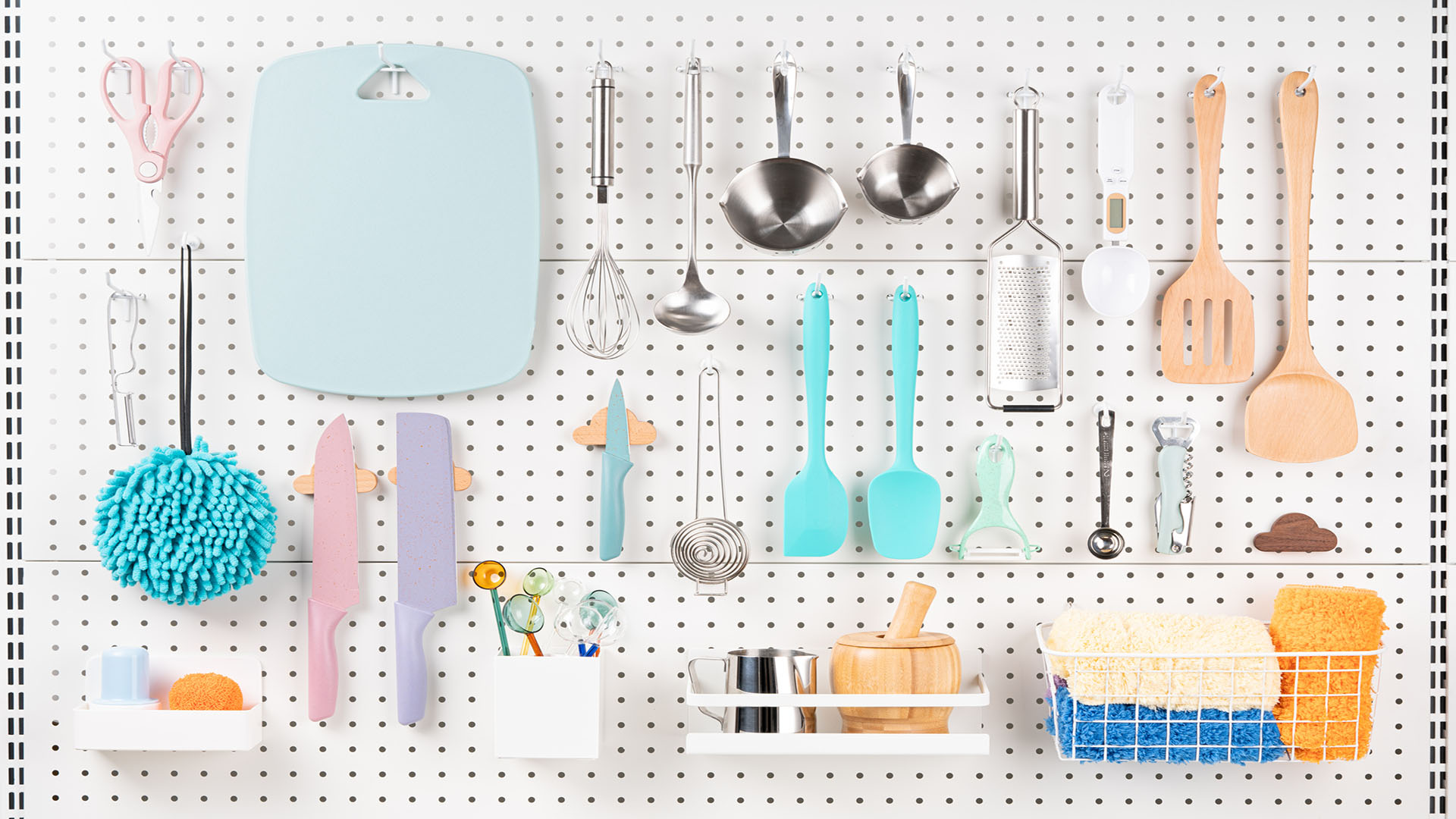
When spring cleaning a kitchen, you’ll want to declutter and rethink storage as well as tend to often neglected spots such as cleaning cabinet handles, coffee grinders, and trash cans. Ideally, you want your gadgets and appliances to be multi-purpose and your countertops to be as clutter-free as possible. Zak advises keeping "countertops clear by storing small appliances and kitchen tools in cabinets or on shelves when not in use".
To get more from your organised kitchen cabinets, Zak suggests installing shelf risers, hooks, or magnetic strips inside cabinet doors or walls, maximising storage for pots, pans, utensils, and spices. Drawers can be organized with drawer dividers. A spring clean is also a good time to look at your pantry – getting rid of anything past its expiration date, and rotating to ensure older products are used next.
Professional organiser Charlotte, founder of Organised by Charlotte also recommends using doors for extra storage. "Whether it’s a mop holder on the back of a coat cupboard door or a spice rack on the back of a kitchen cupboard, it’s good to utilize all the space," she says.
11. Rethink your bathroom
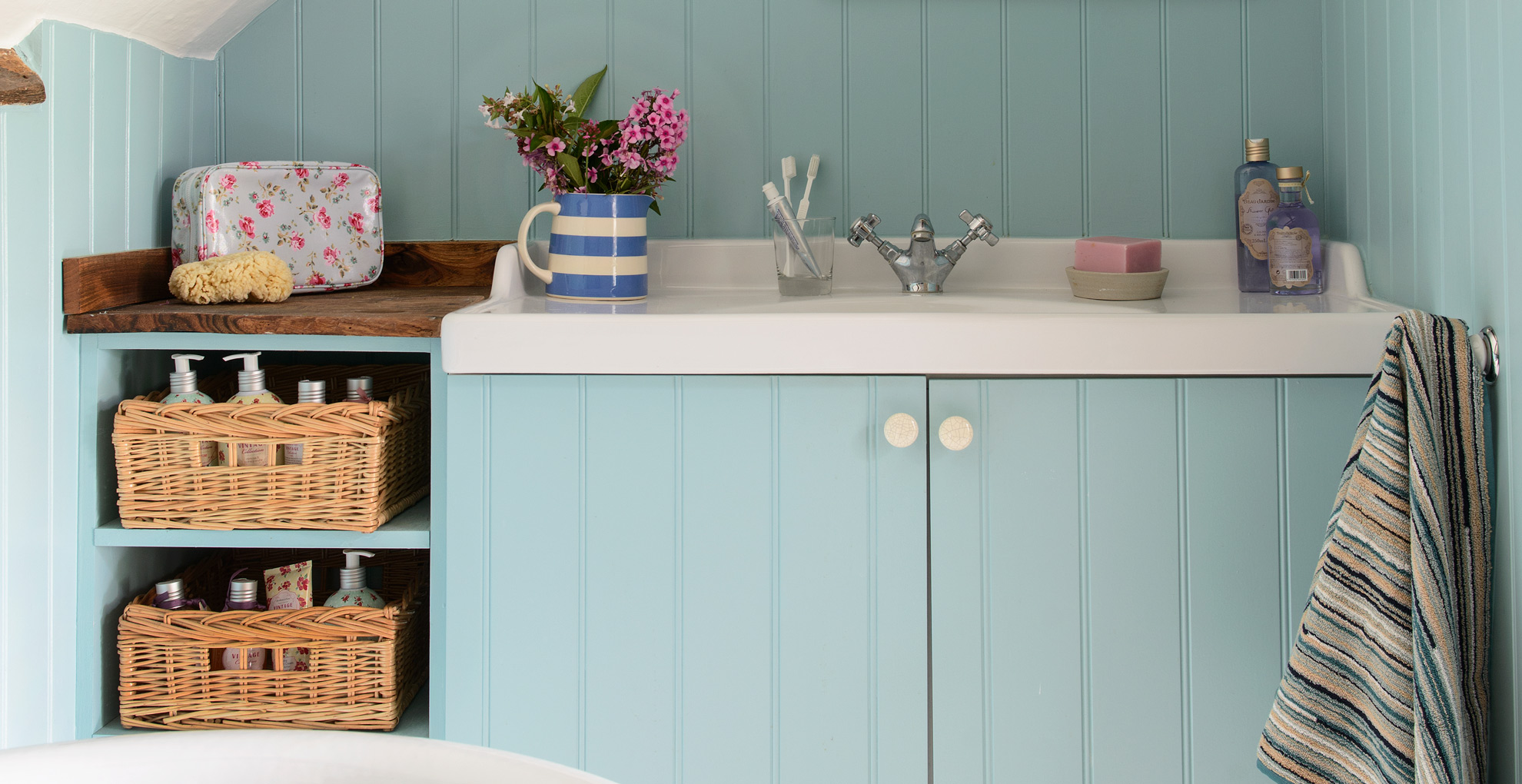
A small bathroom is another area that could probably use a bathroom declutter before you get stuck into any cleaning. "Storage above the toilet or sink can help stop clutter piling up, and smaller items such as cotton balls, Q-tips, and makeup can be organized in clear containers, jars, or baskets," says Zak.
Showers that don’t have inbuilt shelves or storage could benefit from a shower caddy or corner shelf. Just be sure to clean these when cleaning the shower because they attract suds and excess residue.
It sounds obvious but it’s good to remember that you need to plan any new storage adequately. "There’s no point buying loads of jars or containers if you get home and nothing fits in the space," says Charlotte. "Get a tape measure and measure the width/depth/height of the space you are trying to organise so you know what will fit."
12. Establish a cleaning schedule
The most important thing to remember when spring cleaning a bathroom is that this really isn’t a 'once-a-year' activity. Regular cleaning and disinfection are especially important in small bathrooms, where moisture and bacteria can accumulate quickly, warns Zak. "Use a squeegee to remove excess water from shower walls after each use," he adds.
The same applies to all areas of a small space. "In small spaces, clean as you go," advises Jean. "Put clothes away instead of tossing them aside, and put dishes in the dishwasher instead of leaving them in the sink. It helps to do a little bit of cleaning every day and do a deep cleaning once a month."
Making yourself a cleaning schedule can help keep focused. "This will help prevent clutter and dirt from accumulating, making future cleaning sessions more manageable," says Zak.
13. Optimise your lounge
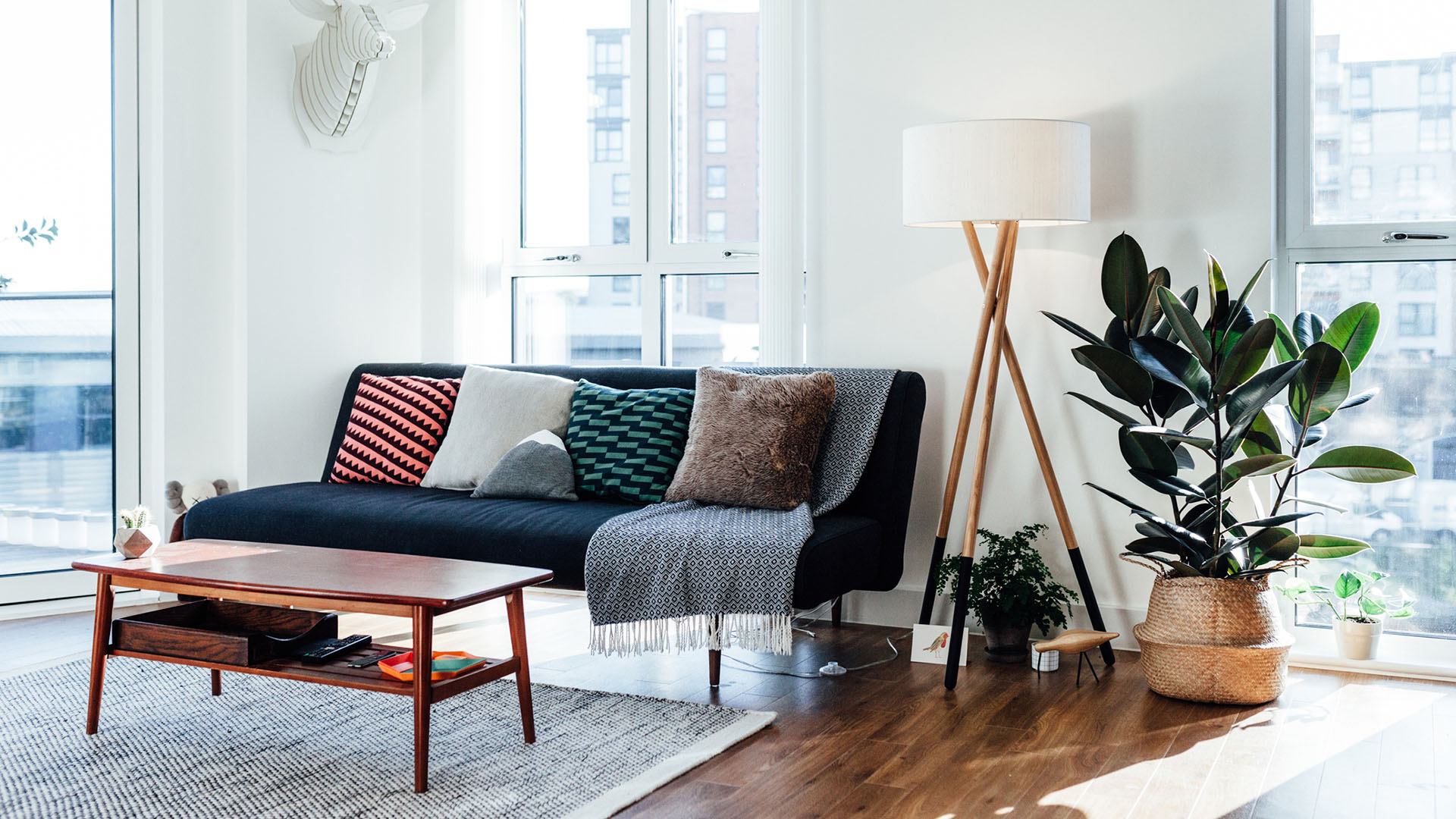
This might not be something you’re willing to change immediately, but in order to optimise a small lounge, you may want to reassess your furniture. "Choose furniture that can serve multiple purposes, such as a storage ottoman, a sofa bed, or a coffee table with storage," says Zak.
Seating can also be optimised, this is a great way to make a small living room feel bigger. Zak suggests opting for modular or lightweight seating that can be easily rearranged to accommodate different activities and save space.
Also, consider your lighting. Slim streamlined designs will blend in with your decor, while "floor lamps, table lamps, or wall sconces provide adequate lighting without taking up too much space", says Zak.
14. Keep on top of cables
Cables on display can easily make a room look cluttered, even if everything else is clean and well-organised. This can be a particular problem in home offices but equally can crop up in other rooms in the house or apartment such as the kitchen, living room, or bedroom.
"Use cable organisers, cord covers, or adhesive hooks to keep cords and cables neatly organized and out of sight," suggests Zak.
This is a handy trick for instantly making a living room look more expensive – nothing brings the decor down quicker than unsightly plastic cables strewn around.
15. Don't rush to finish
If you haven’t finished spring cleaning your small space or apartment in one day, or in the time you’d originally set aside, then don’t panic. Catharina suggests taking things slow, particularly the decluttering part of the job.
"Think of it as a steady – sometimes even slow – process, rather than a quick blitz of your home followed immediately by the inevitable acquisition of more items," she says.
"It’s about creating lasting change and scheduling in regular little-and-often decluttering sessions. This will reduce the risk of feeling overwhelmed and increase the likelihood of completing the task at hand."
FAQs
How do you clean a small room with a lot of stuff?
If you haven't decluttered in a while you might be surrounded by lots of things, some needed and others not so much. So whether you've just not had the time or are a fan of the maximalism decor trend, there are ways you can clean around a busy space.
"Take a moment before you start to visually divide the room into smaller, more manageable sections," suggests Catherine Green, cleaning expert at Smol. "This helps prevent a haphazard approach that can leave you feeling like you've made little progress despite lots of time and effort."
Then, she advises lifting items to clean underneath them, adding, "One of the challenges in small, full rooms is accessing the floor and surfaces for proper cleaning. Temporarily place items on a bed or table while you thoroughly clean the spaces beneath and behind them."
You can then follow the above advice and clean from the top to the bottom of your space. This will prevent you from revisiting the same section. Catherine recommends thinking about the purpose of each zone as you clean it. She explains that this can help you naturally declutter without it feeling like a separate task.
"Small spaces can benefit loads from improved air quality. So open windows during your cleaning sessions, and consider placing small bowls of bicarbonate of soda in cupboards or shelves to absorb odours without adding any chemical fragrances," she finishes.
If you find yourself dreading the monthly house deep cleaning, it can be a good idea to adopt some daily cleaning habits that will keep your home tidy. Keeping up to small tasks can mean when it comes to the spring clean you're not faced with a monumental challenge.







